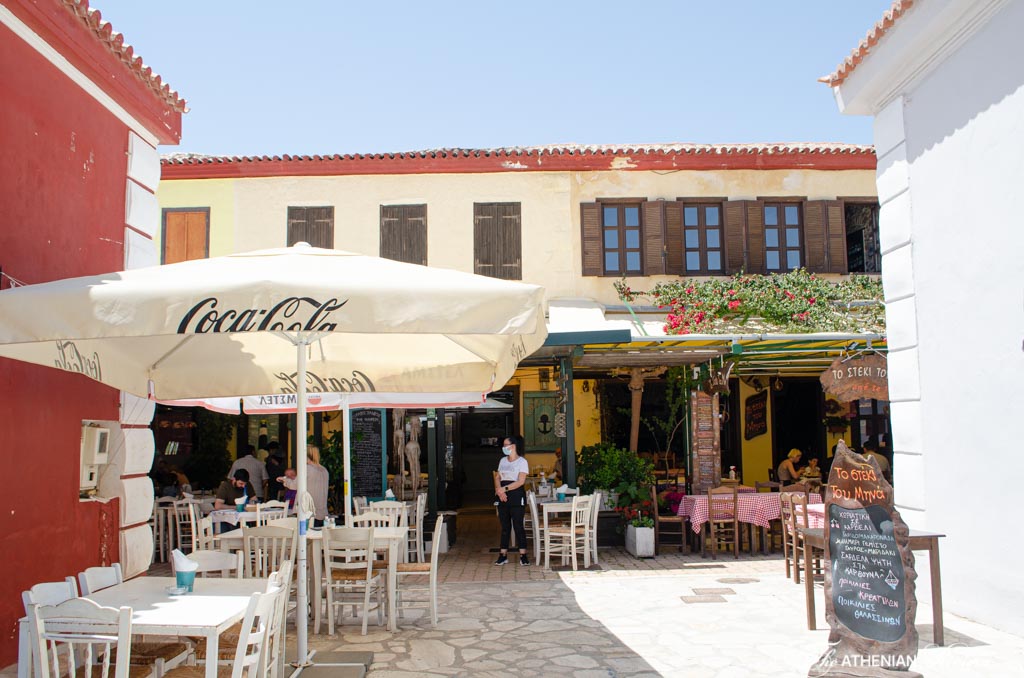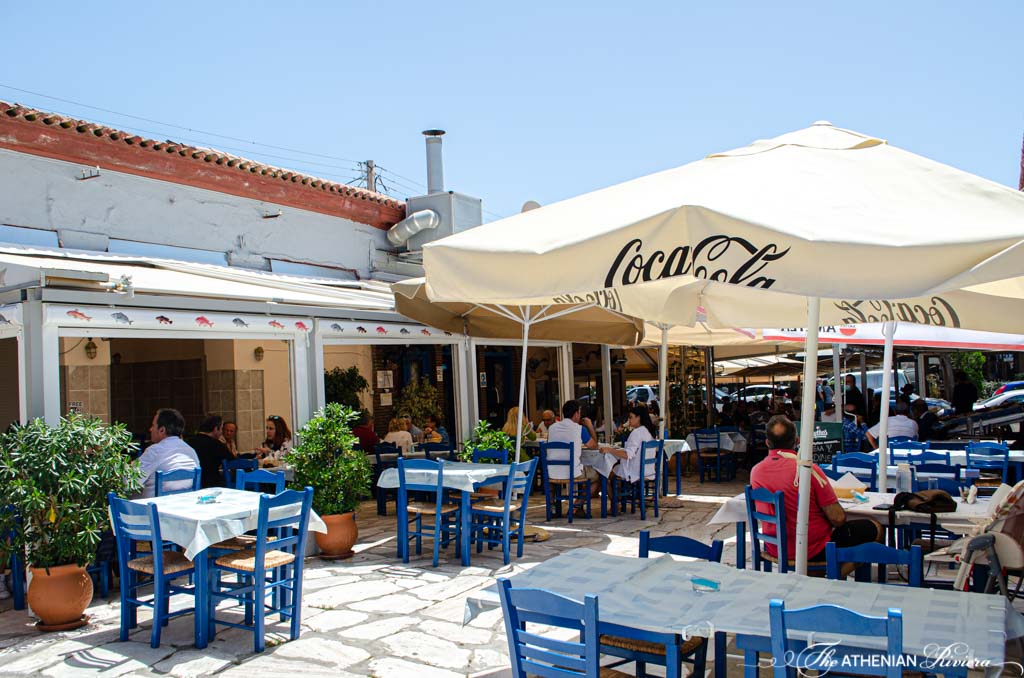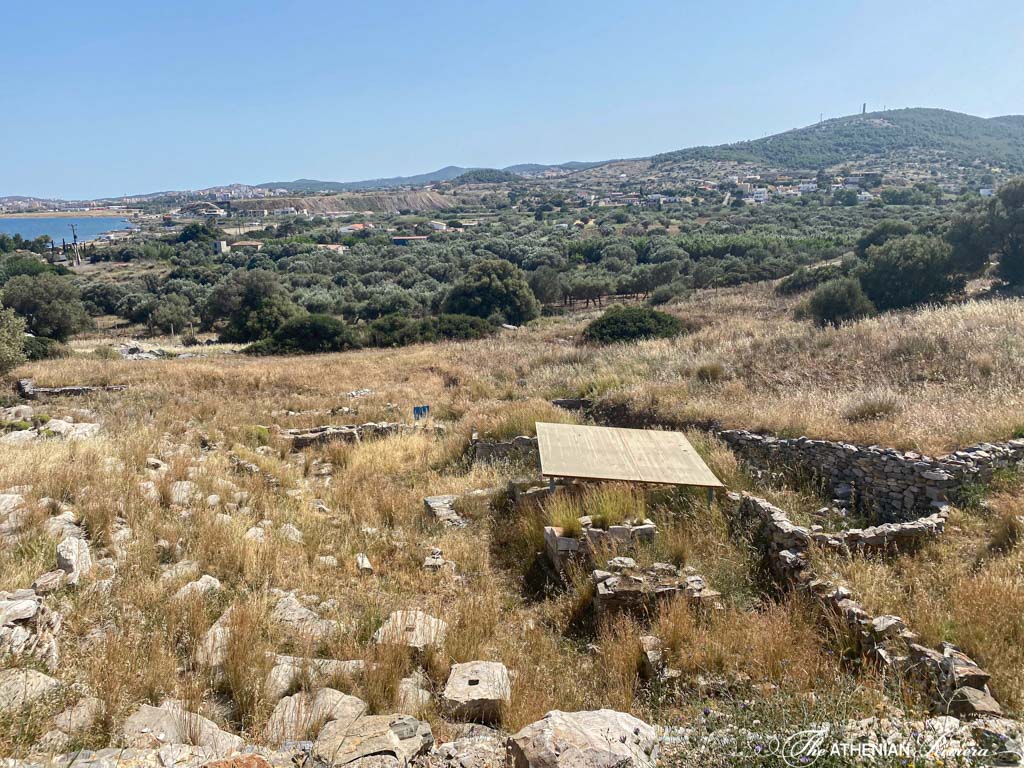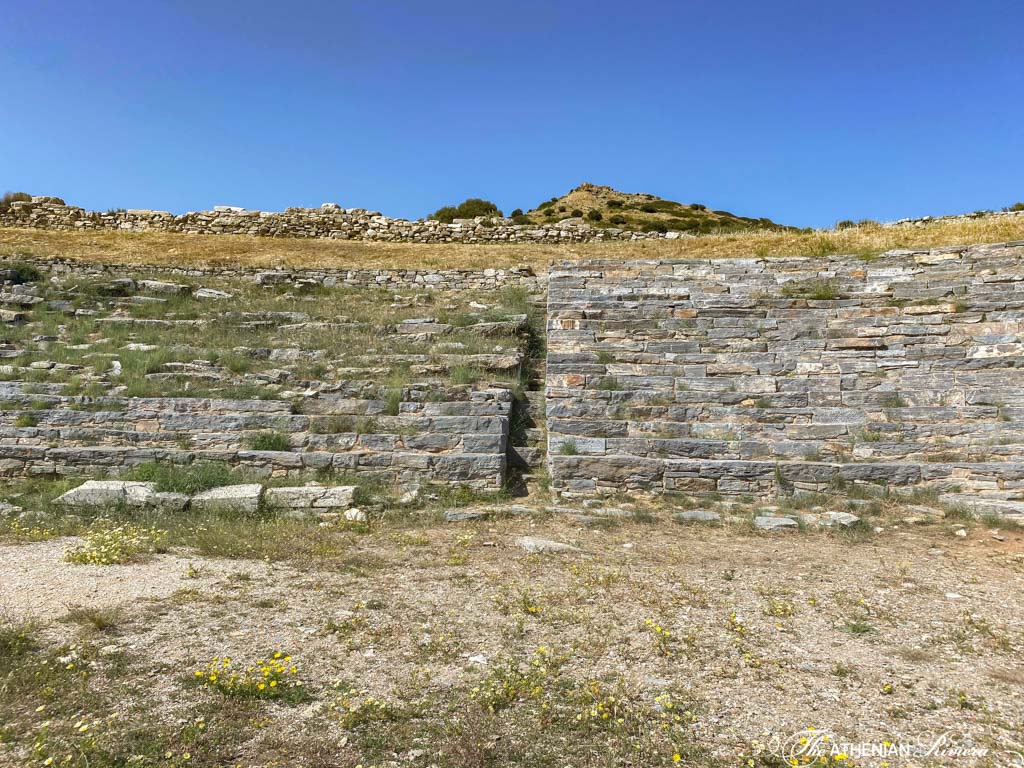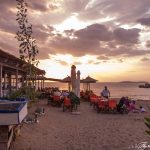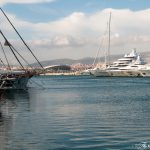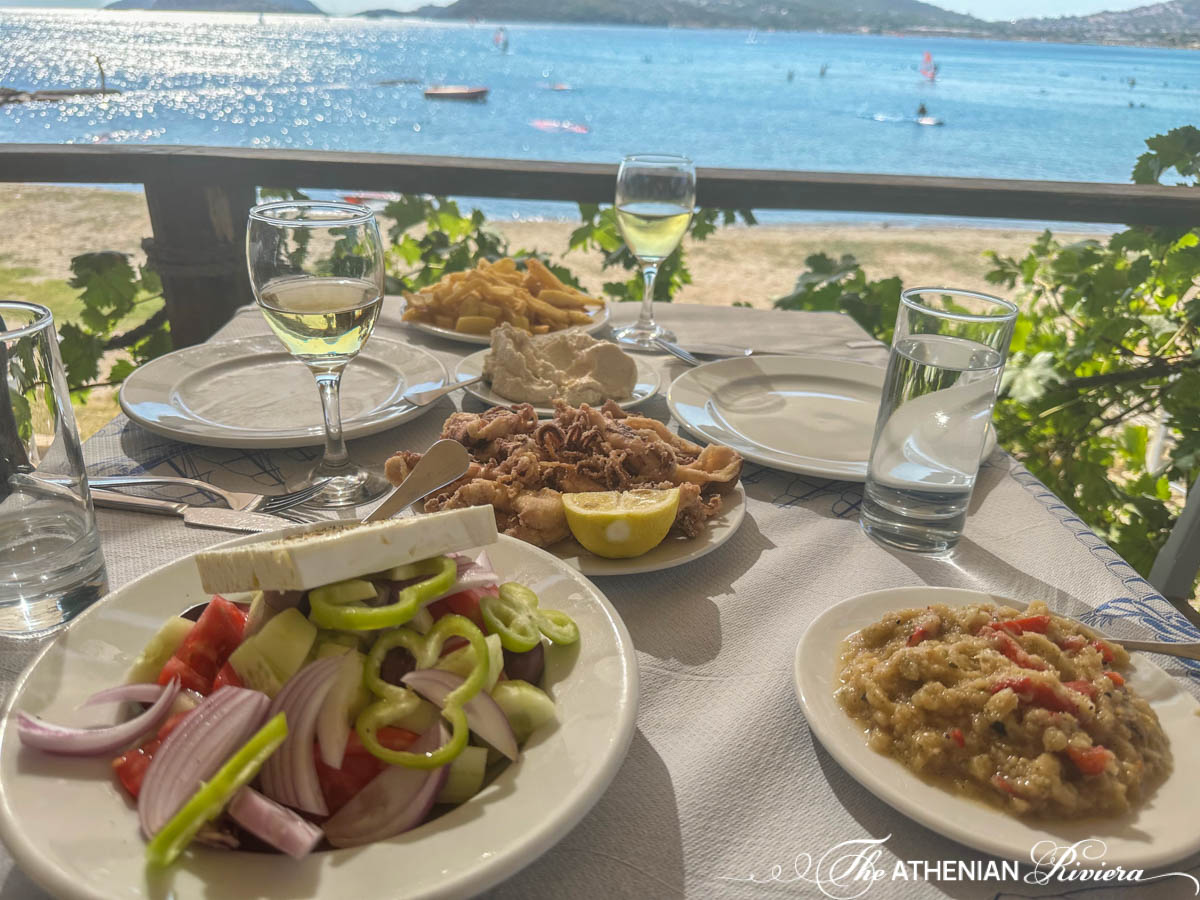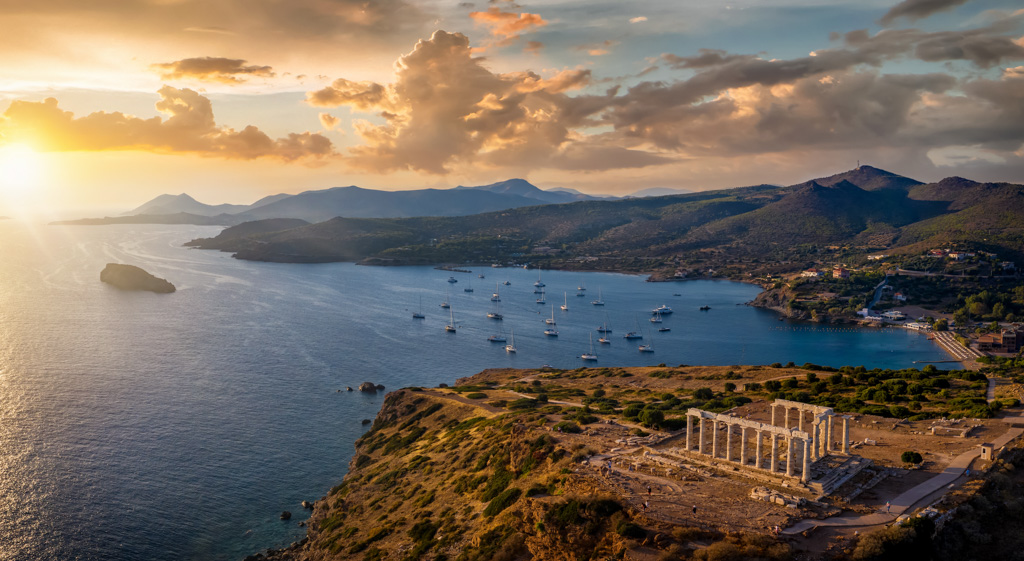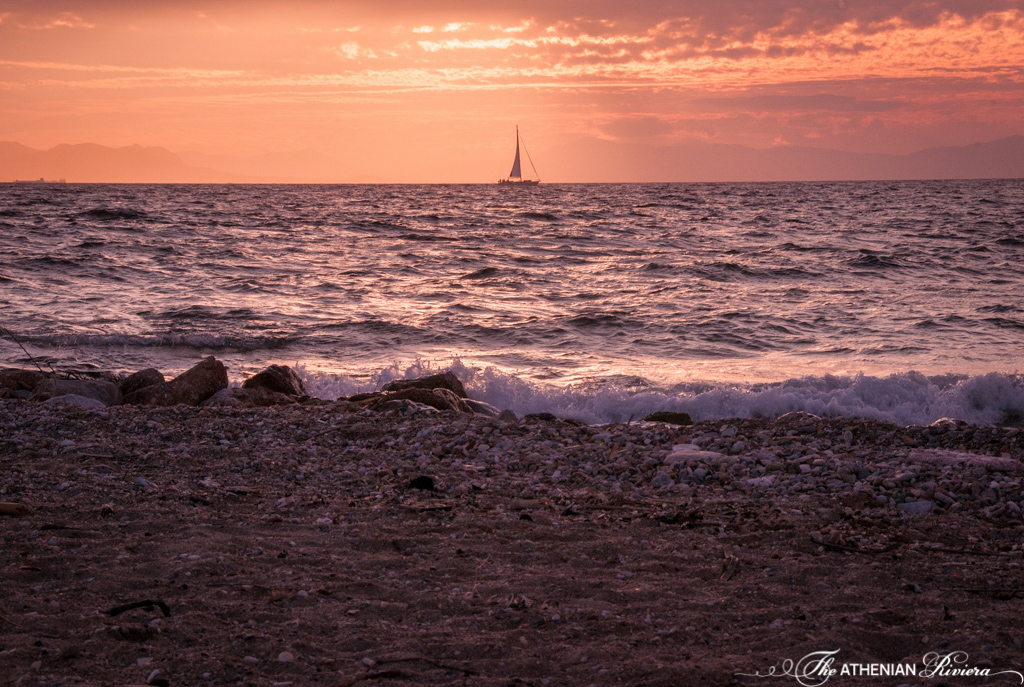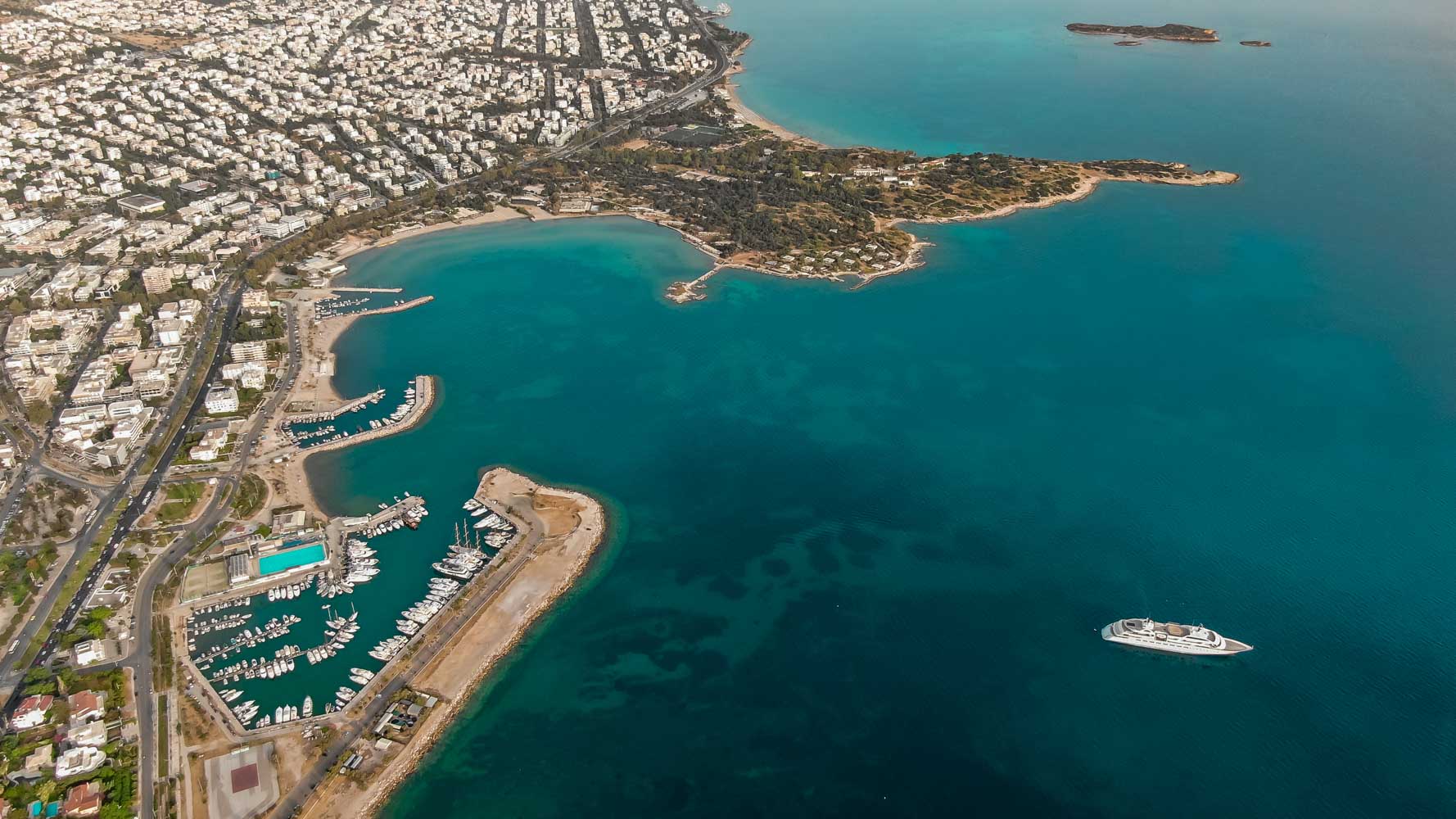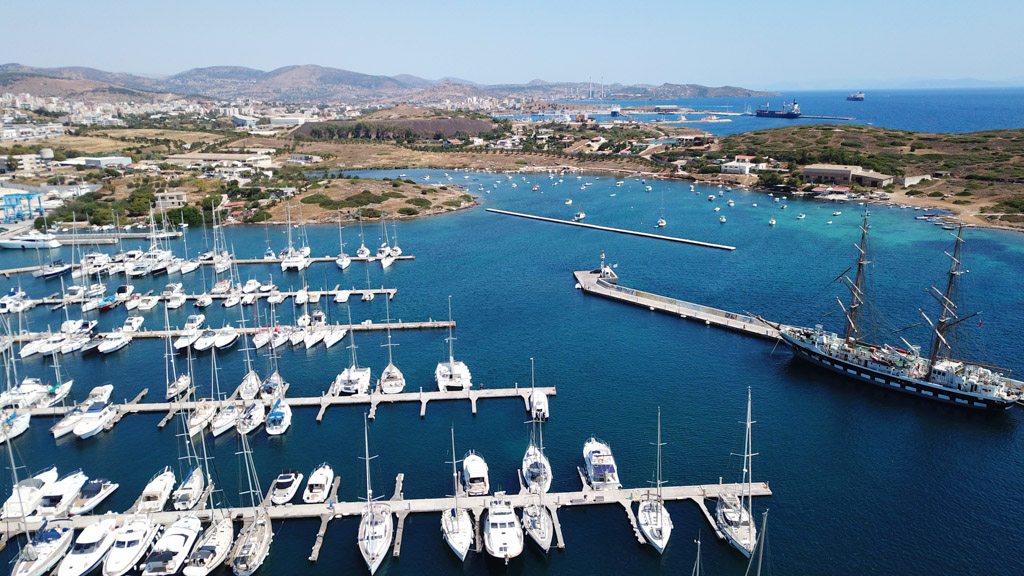
Things to Do and See in Lavrio
Located at the tip of the Attiki Peninsula, south-east of Athens, since antiquity, the town of Lavrio has always been of great importance to Athens. In the Classical Era or Classical Antiquity, Lavrio was the chief source of revenue of the Athenian State due to its silver mines and the glorious days of mining excavations in the area which were in use until the 20th century. Today in Lavrio, due to its good and practical location, a large number of charter companies harbor their yachts, boats, and ferries. The port of Lavrio is an important one in Athens, as it connects the mainland with many islands of the Cyclades, due to its close proximity to the islands which are only a few nautical miles away.
In addition to the utilities of the small town, Lavrio is a beautiful up-and-coming tourist destination close to Athens, for those seeking to connect with nature, take time off from the noisiness of the city, indulge in some fresh seafood for a ridiculously good price, and who like to explore alternative activities while on holidays. We’ve prepared a guide of the things to do and see in Lavrio.
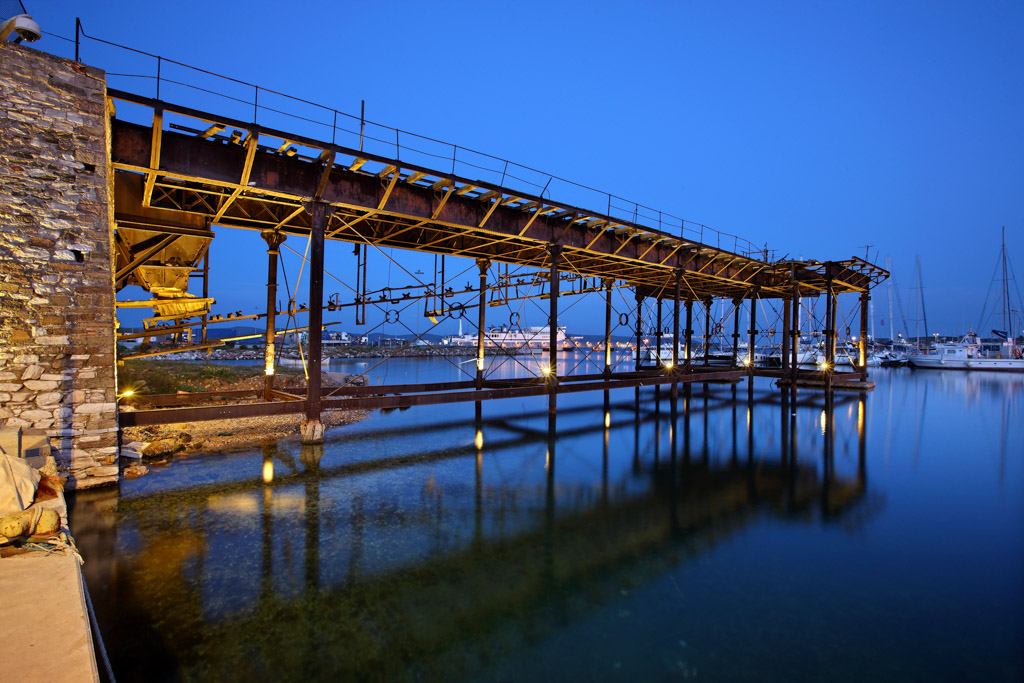
Top Things to Do and See in Lavrio
The History of Lavrio
All throughout history the Maritime routes have greatly influenced the economic, social and cultural development of Greece. The port of Ergasteria which is what is known today as the port of Lavrion was the main reason for the area’s re-awakening after 18 centuries of absolute abandonment. The port’s rapid development into a European port was due to its position as an end route of the ore before its export. The installation of the Greek and French mining companies and the application of innovative technology greatly influenced the property of the town and left an important mark on the history of Greece.

The clock tower is the former gatehouse of the Greek Mining Company. The clock would mark the beginning and the end of a work shift
Towards the end of the 20th century following the metallurgy era, the port of Lavrion reclaimed its prominent position in the economic and social life of Greece.
During the period of 1922-1923 around 3,100 Greek refugees arrived to Lavrio from Asia Minor and approximately 50% of them settled in the town. These people greatly contributed to the new social, economic, cultural and political development of the town.
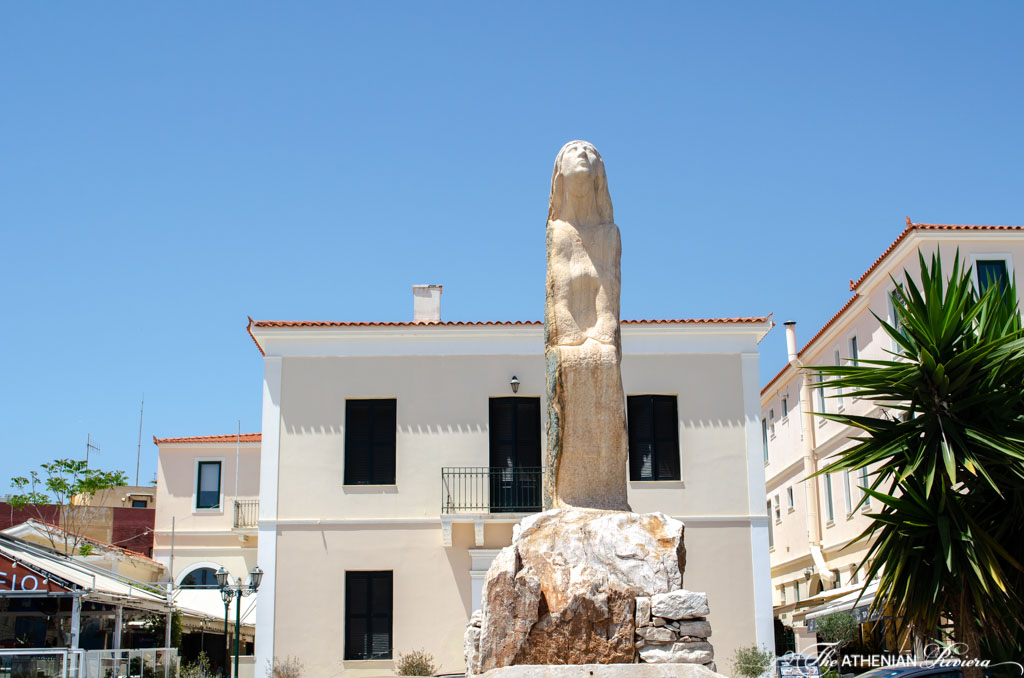
The sculpture of a woman staring at Makronissos by M. Kassis, is dedicated to all the women who had their loved ones on the island.
The surrounding area of Lavrio is full of evidence of human labor over the centuries. The long island of Makronissos which is found opposite the port that serves as a natural water break – is in fact a reminder of the thousands of lost souls who were exiled here during the end and the years following the civil war (1947-1958). Today it is considered a historical monument.
Enjoy fresh catch of the day at the seafood tavernas
There is nothing more refreshing and light to eat during the hot Greek summer days than fresh fish and seafood. Lavrio is a popular destination for Athenians who appreciate the good food and wouldn’t mind driving a few kilometers to enjoy the finest. Local fishermen fish every day from night until dusk, to offload their fresh catch of the day in the morning.
Want to hear a fun fact? Fishing during the night is better than the day and one of the reasons is because scientifically it has been proven that fish are more active during the night when the waters are cooler. Scientific researches also show that the moonlight attracts the fishes to come up to the surface when the moonlight sparkles, so they can admire the beauty of the light.
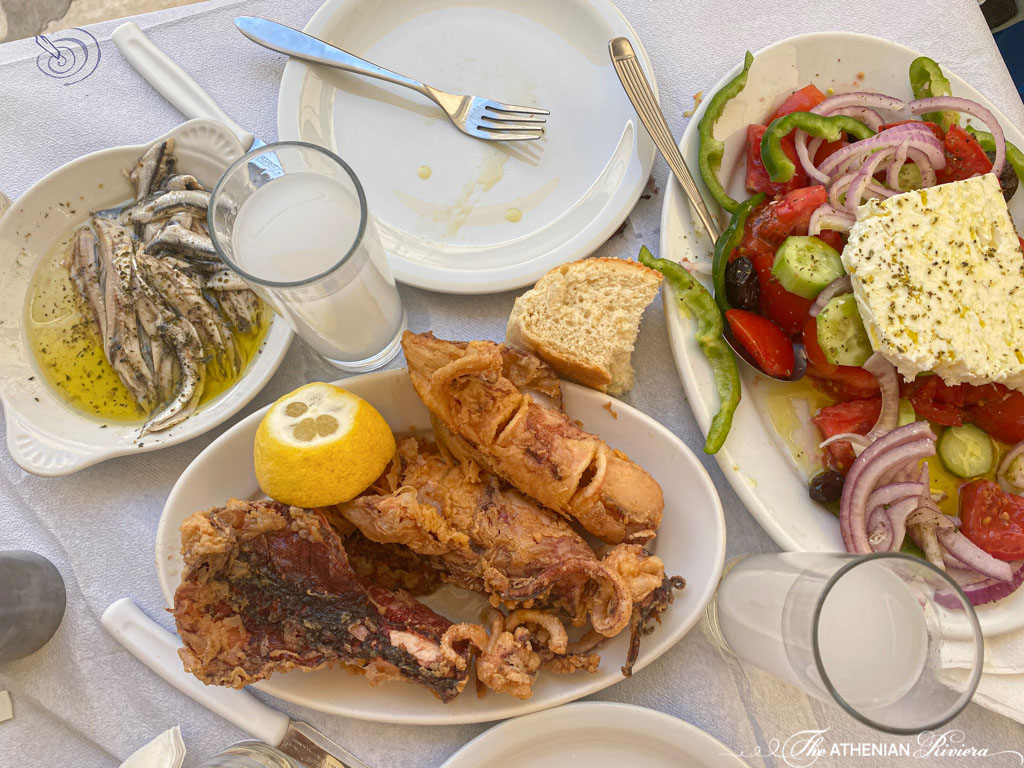
Wander around the small town of Lavrio, passing the squares which line the waterfront or along the narrow streets and discover which of the many restaurants attracts you the most and if you do find more than one, you can always come back for more.
One of our favorites is the ouzeri Agira – which translates as the anchor. Here you can either buy some fresh fish to go or enjoy it grilled at the tavern. The fried squid we tasted here was absolutely spectacular and goes exceptionally well with the locals’ favorite drink -ouzo. Try it!
Discover the Underworld of the Attica Region with Planet Blue Diving Center
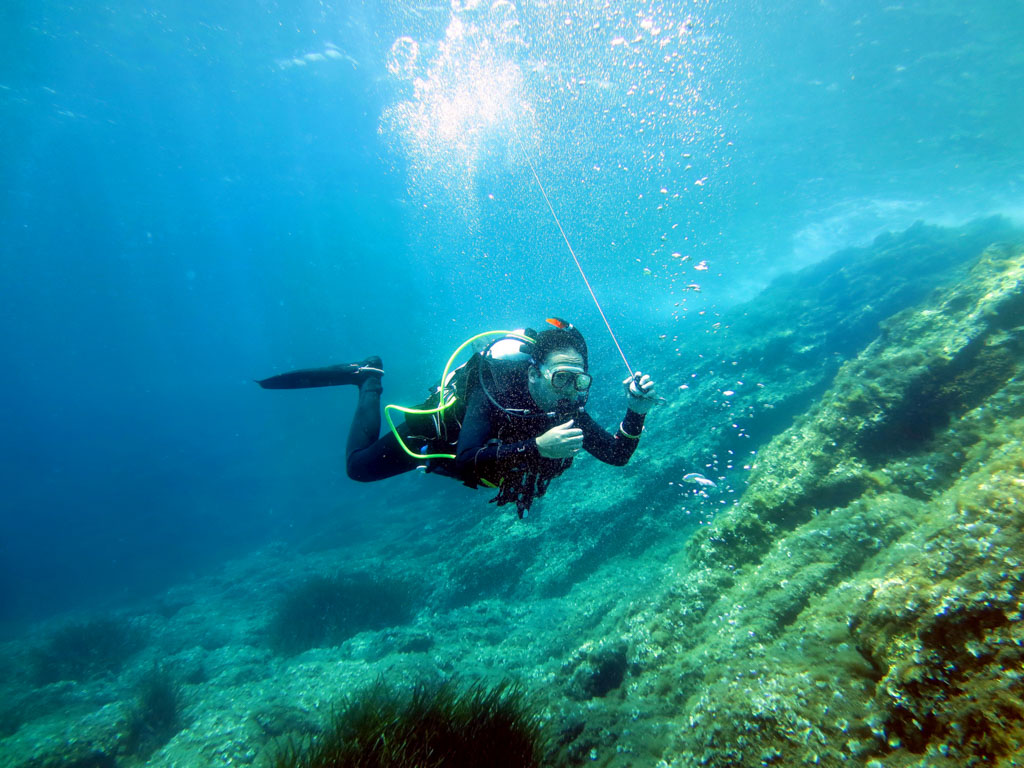
Snorkeling or scuba-diving is a must-do activity for anyone visiting Greece and ought to be added to your to-do list. The underworld of Attica is as magical and mythical as the mainland, just a little bit chillier. The diving center of Lavrio, Planet Blue Diving Center, is one of the best and most reliable in the whole country, holding 35 years of successful experience in scuba diving in Attica Waters and are also Official Partners of SSI (Scuba Schools International). The center offers professional training for those who have never dived before and those who have and prepare efficient divers before going into the water. They offer 55 different diving spots, depending on the weather, the experience, and the time of booking. Swim around the playful little fishes, gaze at the colorful reefs, discover pieces of shipwrecks, canyons, and dare to enter the caverns and explore those well-hidden Greek gems. A magical journey awaits!
Visit the Mineralogical Museum
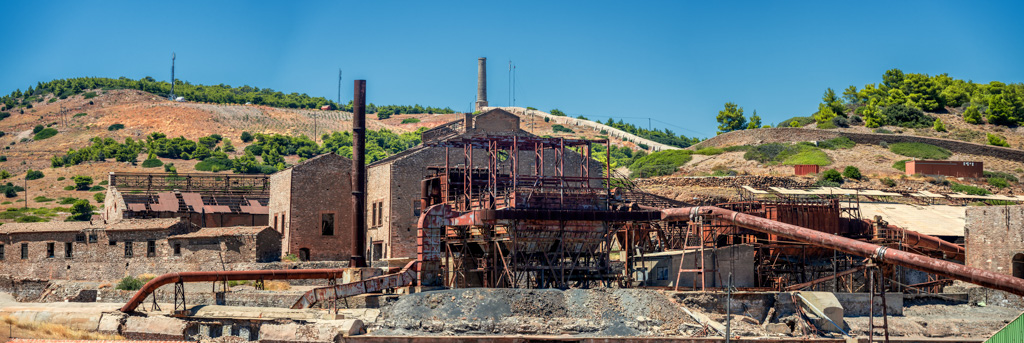
With the aim to highlight the region’s natural wealth, the unique in quality and beauty minerals, the Mineralogical Museum of Lavrion was inaugurated in 1986 by the “Society for Lavrion region Studies” which groups the scientific community of the city and its surroundings.
The collection of the museum comprises over 800 mineral specimens extracted from the area of Lavrio, which amounts to 16% of the world’s known minerals. Rare mineral specimens such as annabergites, serpierites, or spangolites are also on display. In the exhibits of the museum, there are also objects related to the extraction and refining of ores. For those fascinated by minerals and ores, the Mineralogical Museum of Lavrio is something not to be missed.
Archeological Museum of Lavrio
Combine a lovely trip to Lavrio with some education and pay a visit to the Archeological Museum of Lavrio. Built-in 1999, the museum collection includes mosaics, statuettes, metallic objects, potteries, and sculptures, offering from the cemeteries of Thoricos and jewelry from Kitsos Cave nearby. The most impressive piece depicted in the museum is the relief plates from the frieze of the temple of Poseidon featuring scenes from the Centauromachy and the Gigantomachy. The collections are presented in thematic and chronological order, which dates back to the Prehistoric period to the 4th century BC, across two floors.
The Archaeological site of Thoricos
Thoricos was one of the twelve councils (demos) of Attica that had control over the led mines since 3rd century B.C. and the silver mines since 1500 B.C. This once important commercial port has been deserted since the 6th century A.C.
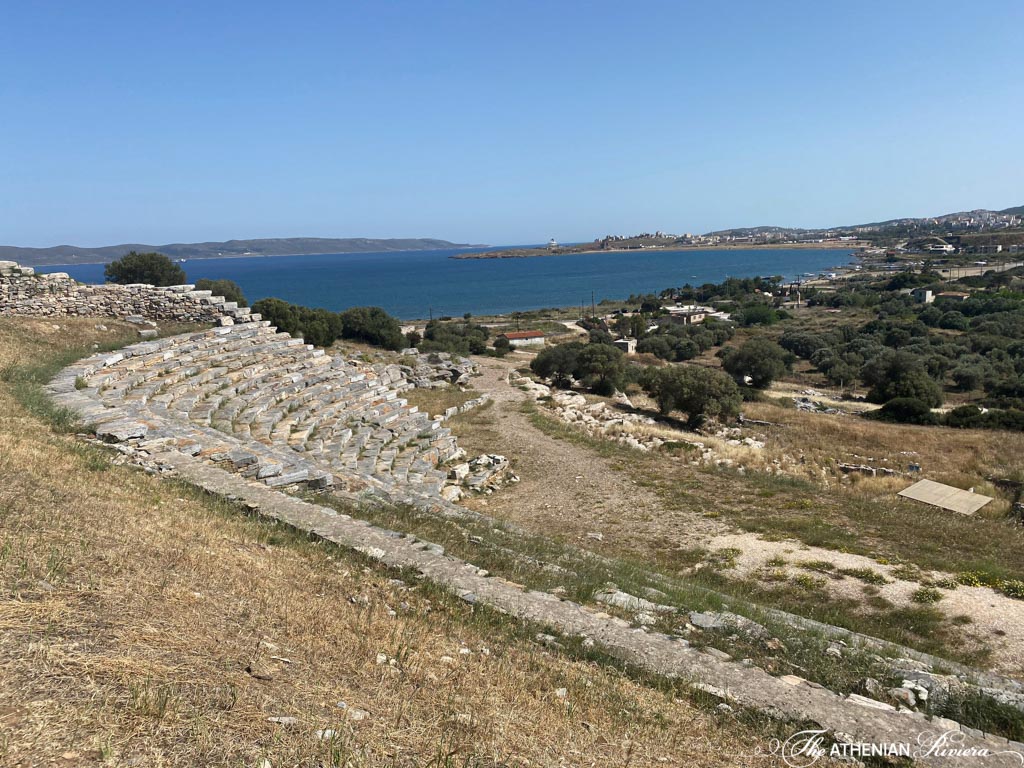
The archaeological site is set on the costal hill of Velatouri, a mere 2.5 kilometres north of Lavrion. The fertile land, easy access to the Aegean Sea and the ores of the Lavreotike peninsula were prominent factors that attracted inhabitants to this area from as early as the prehistoric times and onwards. Findings dating back to the final Neolithic period (4th millennium B.C.) and of the early and middle Bronze Age (2900-1600BC) have been excavated in the area that sprawls the hilltop. The monumental graves, tumuli and tholos tombs which were discovered here show that the town enjoyed great prosperity from 1700-1500 B.C. Today one can admire the remains of the theatre with stone seats which were constructed in the 5th century B.C.
In 507 BC Kleisthenes ordered the reorganisation of the city-state of Athens and as a result the deme of Thorikos was overtaken by the coastal part of the Akamandis tribe. As it was represented by five deputies in the city’s assembly, it was middle-sized.
Day Cruising
A proper visit to Greece includes a sailing experience, even if it is a day-trip in the crystal blue waters of the Aegean Sea. Book yourself an unforgettable day cruise to the island opposite Lavrio, Makronissos which once was a political prison, while today is a beautiful “escape”.
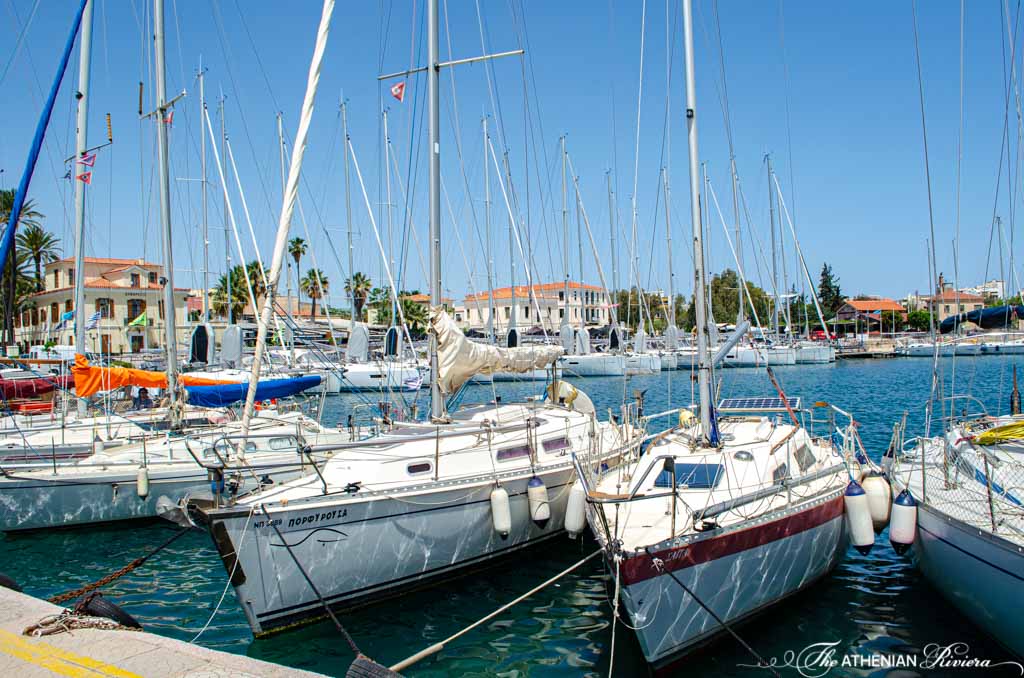
Depending on the cruise you choose you might also want to pay a quick visit to the island of Kea (Tzia), which has some of the most beautiful beaches, which, unfortunately- or fortunately can only be reached by boat. While the perfect spot is found and the yacht is anchored don’t think twice, grab a mask, and dive into the beautiful transparent waters of the Aegean Sea. All day-cruises include delicious Greek lunch and snacks on board and refreshing drinks to cool off from the Greek summer heat.
Fishing trips for those more adventurous can also be arranged upon request.



